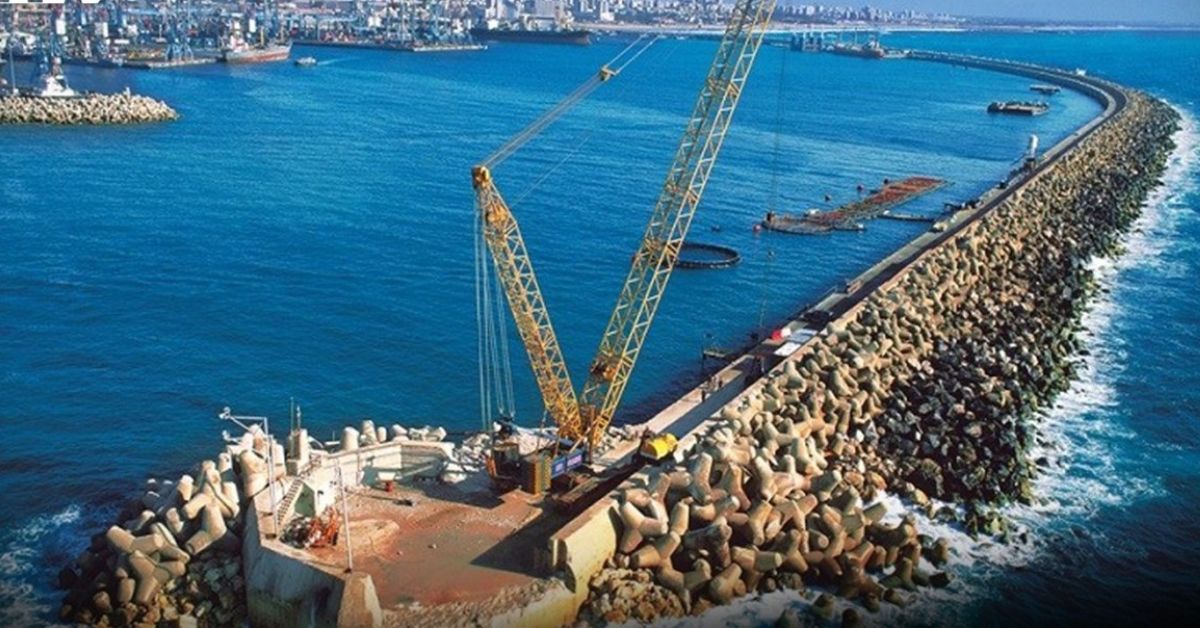Machilipatnam is reviving and poised to become a port of call once more after being a dead dock town for a long time. Frenzied activity is taking place in the old port city at the mouth of the River Krishna on the Bay of Bengal, which flourished as Masula in the first century AD and then again in the 16th to 18th centuries until losing anchorage to Madras on the east coast as a result of a change in British policy.
Around 48 per cent of the construction of a new Greenfield port at Manginapudi in Machilipatnam has been completed. With around 1,250 workers engaged round the clock in two-shifts, work is proceeding at a brisk pace. The new port is being touted as an engineering marvel as it involved dredging of 56 million cubic metres of sand to facilitate anchorage of ships on the berths and construction of about 2.5-kilometre-long breakwater with 2.1 million tonnes of rock being used for it. To shield the port from the raw power of the sea, tetrapods (concrete blocks) of three tonnes each are being deployed, of which 55 per cent of casting has been completed and placement is in progress.
It’s been a long journey for the making of the port, which has faced many obstacles since 2007, when the contract was first given to Maytas, an arm of the infamous Satyam Group. After that, the contract was given to Navayuga, only to be cancelled again when the YSR Congress Party Government came to power. In 2020, a Special Purpose Vehicle — Machilipatnam Port Development Corporation Ltd — was formed to develop the port in the Landlord Model, and the EPC bid was awarded to MEIL.
The first phase project cost with four berths is ₹5,155 crore. There is a provision to expand this to 16 berths as per the master plan. With a 36 million tonnes capacity per annum, the port can welcome vessels with a size of about 80,000 tonnes. Both Andhra Pradesh and Telangana hope to reap rich benefits from the port. Exports such as coal, pharma, cement, fertilisers and container traffic will be major exports from the port. The Telangana government is working on setting up a dry port facility and a direct freight corridor to the port.









